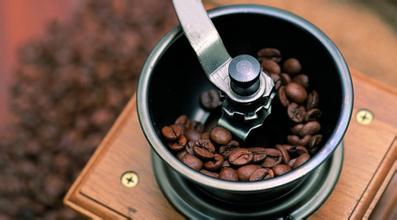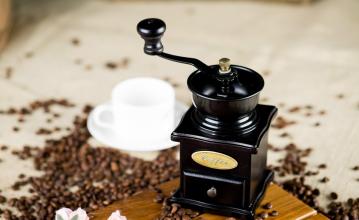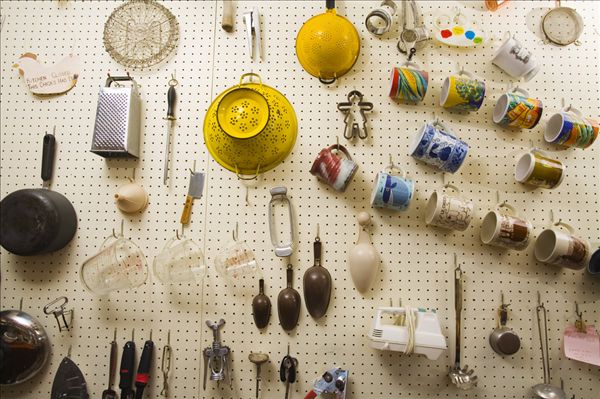American Coffee producing area Guatemala Antigua Flower God Coffee Culture
Coffee was really introduced into Guatemala in 1750 by Father Jesuit, where the coffee industry was developed by German colonists at the end of the 19th century. Today, most of the coffee industry's production takes place in the south of the country. Guatemala has seven main coffee producing areas: Antigua (Antigua), Cobain (Coban), Lake Attilan (Atitlan), Vevetnango (Huehuetenango), Farahan Plateau (Fraijanes), Oriente (Oliente) and San Marco (SanMareos). Each region has its own climate change, so the coffee beans in each region have their own characteristics, but to sum up, Guatemalan coffee has a mild and mellow overall texture and elegant aroma. With similar hot and pleasant acidity such as fruit acid, Guatemala has become an aristocrat in coffee. Coffee has won a lot of praise for Guatemala, especially Antigua coffee, which has a perfectly coordinated sour, sweet and mellow texture, coupled with a hint of smoke and a sense of mystery, and you will have a reason to stop looking for alternatives after tasting it. Antigua coffee is also known as "cigarette coffee" because of its unique charcoal incense.
Antigua's "Antigua Flower God" is the best of Antigua coffee, which belongs to the famous beans of the well-known LaMinita group. Produced by LasPastoresBeneficio, a well-known processing plant in Antigua.
Antigua Flower God comes from the high altitude in the center of the volcanic area of Antigua. Costa Rica's famous Raminita estate provides the industry's highest standard of planting and processing technology, and directly sends special personnel to Antigua to participate in quality control, and entrusts Antigua's largest Bastol washing treatment plant (Pastoresmill) with the highest standard of post-harvest treatment, under the supervision of raw bean handling and cup testing control by Raminita quality control personnel. A strict procedure has been established, from purchasing coffee berries to washing, drying and drying, so it is not surprising that this coffee has an outstanding performance.
"Flower God" as its name, beans have a beautiful appearance, after brewing, there are fine flowers and fruit sweet, taste can feel cocoa bitter and caramel sweet, light smoky taste, red wine finish is obvious, the overall taste is clean and bright.
At present, some of the best quality coffee from Guatemala is exported to Japan, where each cup of coffee sells for $3 to $4. Moreover, Guatemala has specially set up a special coffee association and gives the greatest funding and attention to these high-quality Russian coffee. These efforts soon bear fruit. From October 2006 to May 2007, Guatemala's coffee exports accounted for 3.5% of the world's total coffee exports, making it the fifth largest coffee exporter in the world. The real beneficiaries of the development of the coffee industry in Guatemala are not only local coffee growers, but also coffee lovers all over the world.

Important Notice :
前街咖啡 FrontStreet Coffee has moved to new addredd:
FrontStreet Coffee Address: 315,Donghua East Road,GuangZhou
Tel:020 38364473
- Prev

Low acidity, medium roast coffee beans from the coffee center of the world. Bahia, Brazil.
Brazil Low-acidity, medium-roast coffee beans from the coffee center of the world Brazil has been figuratively compared to the giants and kings of the coffee world. There are about 3.97 billion coffee trees, and small farmers now grow 75 percent of the country's coffee. Brazil has twice or even three times as many coffee producers as Colombia, which is the world's second-largest coffee producer.
- Next

How to bake coffee beans by hand? How to fried roasted coffee beans? How do you fry coffee beans?
When it comes to fried peel, the layman always thinks it is very difficult. But as long as you can really grasp a few key points, it will not be very difficult. Here we will introduce you to the method of "manual frying" using hand strainer. First, prepare 100 grams of raw coffee beans, if there are broken coffee beans, remove them. Then put the raw coffee beans into the strainer, close the lid, open the gas to medium fire, and hold the strainer in hand.
Related
- How did the Salvadoran coffee industry develop in Central America?
- What exactly does the golden cup extraction of coffee mean?
- The Origin of Coffee flower
- [2023 Starbucks World Earth Day] there are more meaningful things besides free Starbucks coffee!
- What kind of coffee is there in Spain? 9 Flavors of Spanish Coffee
- Aromatic African coffee| Kenya's coffee culture and historical production area
- Liberica Coffee Bean knowledge: the characteristics of Liberian Coffee beans of the three original species of Coffee beans
- The origin and formula of Spanish latte introduces the taste characteristics of Bombon coffee in Valencia, Spain.
- How to adjust the solution of over-extracted coffee
- What is the tasting period of coffee beans? What is the period of coffee and beans? How should coffee wake up and raise beans?

